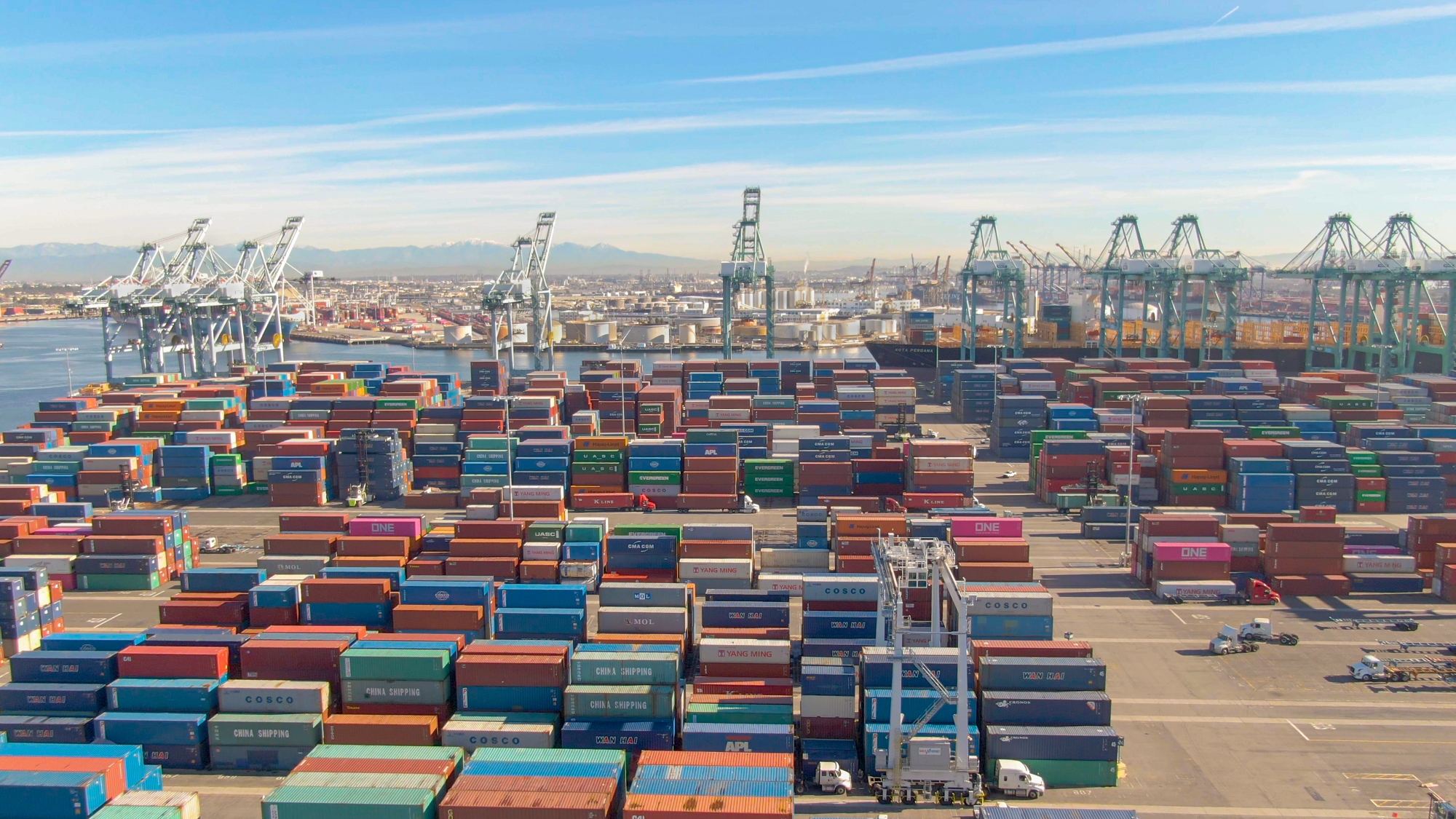The Relationship between Disruption Amplifiers and Risk Reduction Mechanisms: A Managerial Framework
The Relationship between Disruption Amplifiers and Risk Reduction Mechanisms
Clearly, some of these actions (improved planning and collaboration) can be adopted with a minimal level of investment, and may provide significant benefits. Other strategies such as new systems to improve visibility require significant investments to deploy. All of these alternatives require time, money, and resources to roll out. Although the short-term fix being adopted by most companies is a quick fix of using additional inventory or premium freight, this approach has significant limitations.
Complexity Drives Use of Excess Resources
The companies we interviewed were adopting different approaches to risk reduction. Companies that were experiencing a high degree of product/process complexity, but whose operations were primarily domestic, tended to apply a greater use of excess resources to guard against disruptions and reduce the time required for recovery. This is a typical approach to prevent the impact of disruption in complex systems. For example, the nuclear power plant personnel we identified emphasized the need for multiple backup systems in the event of a problem with equipment or the lack of available services. This company was also one of the few companies to stress the need for reviews of disruptions and recovery actions or avoidance tactics after the event has occurred in order to improve the system (i.e., get to the root cause of each problem to design it out of the system.) A possible tool for creating an effective system for managing disruptions is to implement a “disruption incident” or “supply chain issues management” reporting system, which identifies where excess resources should be located at critical, high-risk nodes in the supply chain to mitigate the effect of possible disruptions. For example, a major automotive company today holds 40 or more days of parts inventory sourced from China in North America, to prevent their assembly plants from shutting down in the event of a disruption.
Global Sourcing Drives Use of Visibility
MechanismsCompanies who were highly involved in global sourcing, but with less complex products/ processes were beginning to deploy a greater use of visibility systems to identify potential disruptors, and track inventory across the supply chain. For example, a major automotive company deployed a system that provided the following information on inventory status at the buyer’s facility, and which made the information available in real-time on the web to critical suppliers. Suppliers can view how many of their parts are in inventory – when inventory levels exceed “max” or “min” parameters, the key supplier is alerted via an email, page, or phone call, and is expected to respond immediately.
In another case, a major pharmaceutical company recognized too late on September 11, 2001 that its supply chain had been severely compromised. Seven flights in the air en route to the US from Europe with high-value pharmaceutical products were diverted – two to Canada, and five returned to the UK. It took a full 24 hours simply to discover this information, and there was no knowledge of the exact products on the flights! They didn’t know what airports the planes were diverted to! Meanwhile, the overseas factories had not yet been notified of the delay, and continued to produce and ship products to the freight forwarder. The freight forwarder location was filling up rapidly – and some of the drugs being shipped to the US were in danger of shutting down a US-based manufacturing location, due to this blockage.
The team engaged immediately, and initiated a prioritization process upon discovery of this disaster. This involved daily teleconference calls with US demand management, the freight forwarder, and the UK distribution group. The transfer of product destined to travel by air was moved onto ocean carriers, to at least ensure that it was moving in the right direction. In addition, re-routing of goods in Canada being shipped by truck to the US through ports was required.
After the event, the pharmaceutical logistics team recognized that they did not have a robust process for disaster management. They also recognized that once all of the parties in the supply chain were communicating with one another, had visibility to the same information, and were making decisions jointly instead of in a silo, that management decisions were dramatically more effective and easier. As one executive noted: “Physical flow and product movement doesn’t just happen by magic – previously the shipping area was successful be being invisible – it was also its major problem. In effect, 9/11 brought about a high level recognition of the importance of effective supply chain planning. We realized that we had no process to move air shipments to sea in the event of a disaster – so that we needed to work with government officials to do this and use our creativity to solve problems”. This event also allowed the pharmaceutical company to establish a solid business case outlining the need for an investment in a global Transportation Event Management system that provided greater visibility into disruptions and allowed all parties to view the same information and communicate regularly on status and updates.
In some cases, electronic visibility systems may not be available, particularly in remote locations in China. One major logistics provider developed an intricate system for exchanging information. First, information was transmitted via walkie talkie, then typed up in a local office. The information was faxed to a broker, who would then initiate the paperwork, and enter the information into the company’s primary logistics management system!
The most extensive approach used by firms with complex supply chains that expand globally is to rely on increased planning, collaboration, and education of partners in the supply chain. The importance of collaboration was most clearly identified by a major retailer. Prior to the West Coast port strike, there were impending signals that the Los Angeles Port union strike was imminent. To manage this risk, a dedicated logistics team at the retailer took an active role with industry trade groups to educate themselves on the issues – including the West Coast Waterfront Coalition, the International Mass Retailers Association, and the Ocean Carrier/terminals. They conducted regular phone calls with key people to identify what was happening, and educated themselves on the labor contract and work rules that were under discussion – what were the demands of the ILWU and why are they asking for it? They also established strong communication links with senior management at six major ocean carriers. The team did not weight any single opinion, but they looked for patterns in responses – asking questions such as “what are your contingency plans?” and “What information do you have on the status of the strike”. These weekly phone calls helped the company understand the issues, and the potential risk involved.
Becoming educated was just the first step. The management team then planned for worst case scenarios, and established contingency plans that included:
- Renting chassis and put them aside, knowing that if there was a strike their containers would be buried in stacks – having the chassis allowed them to set them aside for easy retrieval
- Securing extra drivers – again, based on inside information, they became aware that drivers would be a bottleneck. The team thus also recognized the need to pay a premium of $50 per load to truck drivers to move their product as a result of the high demand for drivers.
- Increased diversification of ports – through discussions with ocean freight carriers, the team identified alternative ports that could be used. In this case, the Tacoma Port Authority was contacted, and a meeting with the leadership team occurred. Target realized that they needed to have a presence at this port ahead of time – BEFORE the strike occurred – and began to move small volumes through Tacoma as a contingency. (It is interesting to note that much of this volume did not go away after the West Cost Port strike).
- The team also expanded their business model to adopt a broader view of the supply chain, to encompass impacted vessel availability. A team of people flew to Shanghai to assess the situation, where they realized that they could move some of their manufactured product by barge to Hong Kong, and thereby take alternative routes out of the Shanghai port which was becoming bottlenecked from the strike.
- Finally the team also collaborated with other retailers, to jointly schedule charters to expedite freight – there was not enough ocean capacity – and in fact, ocean capacity is at a major premium today, with rates skyrocketing.
- Categories:


